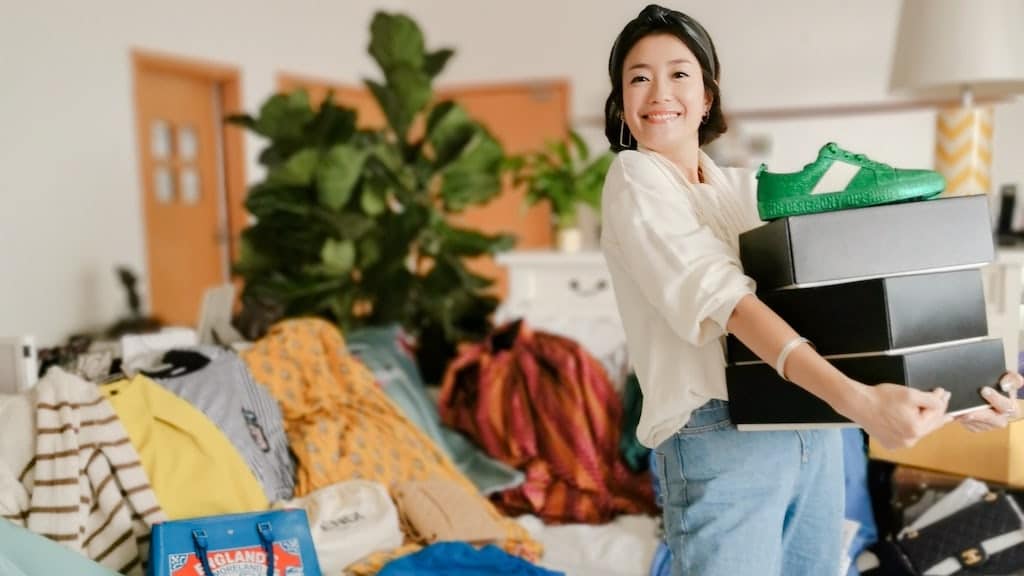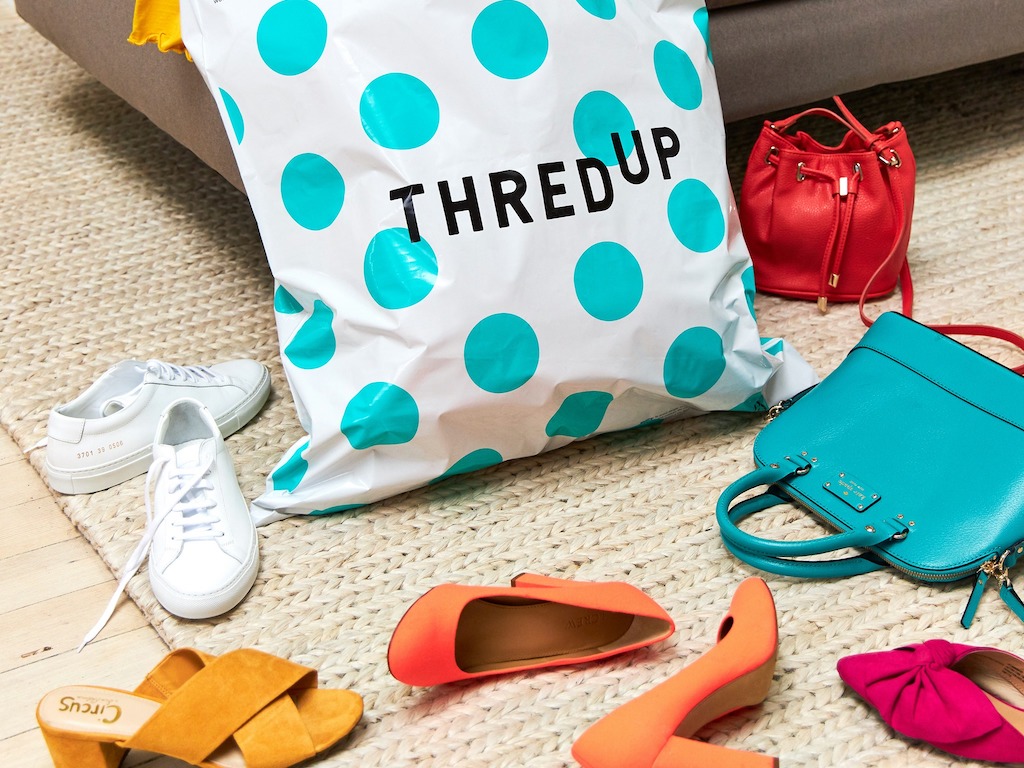4 Mins Read
Fashion is no longer about having the trendiest styles. Instead of chasing the latest must-have brands and designs, consumers are now pricing in the environmental footprint of their clothing. Many are choosing secondhand upon the realisation that buying preloved items helps to extend the lifespan of products, reduce unsustainable new production and divert waste from landfills. What the latest data shows is that while all sectors in sustainable fashion – recycled, upcycled, rental – have recorded rising popularity, it is secondhand fashion that will lead the pack and see the most explosive growth of all.
Below we list 8 sustainable fashion statistics that make the case for preloved.
1. 31% increase in secondhand listings on eBay for the past 3 years
eBay, the multinational e-commerce giant, has seen its preloved fashion listings increase every single year. Speaking to Cosmopolitan UK, eBay’s head of preloved, Emma Grant, noted that consumers are “much more aware now of the damage that fast fashion can cause than they were a few years ago”. Since 2017, there has been a 31% increase in the number of preloved fashion items listed on the site, proving a mainstream turn away from conventional fashion.
2. Wearing a garment for just 9 months longer reduces 20% of its footprint
It’s clear that opting for preloved fashion items is a win for the environment. As reported by the BBC, increasing the lifespan of a garment for around 9 months longer will eliminate its environmental impacts by anywhere between 20% and 30% compared to buying new.
3. Secondhand fashion is going to hit US$64 billion within 5 years

According to thredUP’s most recent resale report, the secondhand market is poised to hit a whopping US$64 billion within the next five years, and leading this growth is the resale sector, which is set to overtake the traditional thrift segment by 2024.
4. By end of this decade, secondhand fashion will overtake fast fashion
Analysts also predict that the total secondhand market will grow to US$80 billion by 2029, representing almost double the size of the US$43 billion fast fashion industry. The resale segment will lead the secondhand market at US$44 billion, while the traditional thrift sector will make up US$36 billion of the market.
5. Younger shoppers are powering the preowned trend
It’s Gen Zs – consumers aged 23 and below – who are driving the secondhand shopping trend. According to thredUP, 80% of this age group say that there is no stigma associated with buying used fashion. The survey also found that 90% of Gen Z shoppers are open to shopping secondhand, particularly when “money gets tight”.
6. People are literally searching for more sustainable fashion options
Lyst, the global fashion search platform, revealed in a 2019 fashion report that people are searching for sustainability-related keywords more than ever before. Alongside re-commerce keywords such as “resale” and “preloved”, searches for specific sustainable and organic materials have grown too. On average, sustainable fashion keyword searches have risen by 75% year-on-year.
7. Despite pandemic, online secondhand shopping keeps going up
Consumers are seeking sustainable bargains even though they’re stuck at home. Consignment marketplace Poshmark recently told Forbes that its user base has jumped to 60 million, with sellers from mid-March to mid-June in 2020 sharing an astonishing 60 million listings every day – double the numbers recorded prior to Covid-19.
8. Demand is growing for secondhand items from sustainable brands
Not only are consumers buying secondhand items, which in itself is more eco-friendly as it helps to lengthen the lifespan of products, shoppers are looking to go that extra mile by buying preloved sustainable garments. According to resale platform Vestiaire Collective’s recent Smart Side of Fashion 2020 report, over the course of the last few months of the pandemic, there has been a spike in sales for responsible and eco-friendly brands like Veja (+24%), and Stella McCartney (+42%) and Ganni (+47%) who took the spots for the top trending brands last year.
9. Shoppers want to minimise the footprint of delivering preloved items

In addition, the report by Vestiaire Collective added that members are becoming more conscious of the environmental impact of transporting their items, in addition to buying more preloved as a way to reduce their fashion footprint. Since May 2020, over half of the platform’s 10 million members are now opting for the more sustainable Direct Shipping service, which skips the authentication services and its associated shipping-related carbon emissions.
10. Online secondhand set to continue its growth in the longer term
thredUP’s analysts concluded that the current bright spot that online resale is having is going to last. According to their report, the online secondhand fashion market is projected to grow to 69% between 2019 and 2021 despite the overall economic downturn that will see the broader retail sector shrink by 15%.
Lead image courtesy of thredUP.




